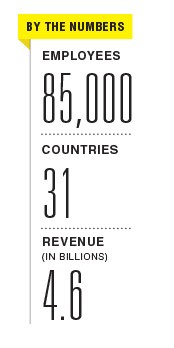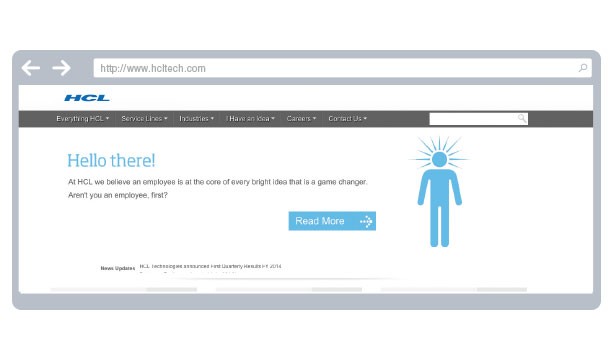The Ticker: Leapfrogging Into Disruptive Leadership
Disruptive leadership requires leaders to fundamentally disrupt the mindset that has often led to success thus far.
1. LISTEN
Listen to yourself, not just conventional wisdom.
2. EXPLORE
Work to escape your comfort zone, and get the management team out of its comfort zone.
3. ACT
Encourage leaders to take small, simple steps and be ready to adjust rather than control how things unfold.
4. PERSIST
Urge leaders onward in spite of failures and reframe them as opportunities to learn from.
5. SEIZE
Encourage leaders to be agile and flexible to take advantage of unanticipated events.
Author and speaker Soren Kaplan quickly admits that business schools and traditional management training absolutely do not prepare managers to put disruptive leadership techniques into action. Managers rise through ranks where predictability and control are rewarded, not disruption and innovation. Business schools simply don’t prepare leaders to be misunderstood or criticized nor how to handle that sort of dissonance.
To guide people trained for predictability and control in the art of disruption, Kaplan crafted the five-step acronym LEAPS: Listen, Explore, Act, Persist, and Seize. Disruptive leadership requires embracing the unknown and ceding control in favor of the opportunity to gain new insight or uncover opportunities, Kaplan says in his 2012 book, Leapfrogging: Harness the Power of Surprise for Business Breakthroughs.
MAKING EMPLOYEES THE FOCUS, EVEN AHEAD OF CUSTOMERS

HCL Technologies, an Indian information technology company, has distinguished itself in the competitive world of South Asian IT businesses by putting its employees first, even ahead of its customers. The move — begun in 2005 — is built around disrupting a key corporate and service business tenet that customers come before workers.
The aim of the new effort was to build trust between managers and workers and make managers — even up to the C-suite — accountable to everyone in the organization.
Fast forward eight years and the employees who were put first are now leading version 2.0 of the program. The second phase includes a program to link employees on HCL’s own internal social networking platform, companywide events focused on making a difference for customers and encouraging social responsibility across the company.
HCL has more than 85,000 employees in 31 countries and produced the equivalent of $4.6 billion in revenue in its most recent fiscal year.
SYMPATHY FOR AUTHORITY
Advocates for change should have more sympathy for people in positions of authority, argues Ron Heifetz, co-founder of Cambridge Leadership Associates and author of Leadership without Easy Answers.
People in positions of authority feel enormous pressure to act like they know what they are doing, he says. Further, leaders are expected to protect people from painful change, rather than prepare a team for a period of sustained dis-equilibrium and experimentation while the group seeks out new answers, Heifetz says.
Organizations should also distinguish authority and leadership, in order to foster greater experimentation and disruptive leadership. Authority is formal power that comes from a title. It provides direction and order. Leadership is more inspirational. It’s closely tied to ‘why’ something is being done, and is not necessarily tied to the person in the highest position. Distinguishing the differences between these two will help enterprises recognize and reward leadership exercised from a wide range of perspectives — not just the authority granted in an organizational chart.

FIND THE FORMULA, THEN FIND THE NEXT PROBLEM
Innovative thinking in business typically resists standardization and formulas, but Roger Martin, Premier’s Chair in Productivity & Competitiveness and Director of the Martin Prosperity Institute at the Rotman School of Management at the University of Toronto, has articulated a methodology for combining analytics and intuition to grow business.
Martin describes a “knowledge funnel” for business success that flows from mystery (or problem) to heuristic (rule of thumb) to algorithm (repeatable formula). That process may lead to results, but doesn’t guarantee continuing success, as Martin cautions in his 2009 book, The Design of Business: Why Design Thinking is the Next Competitive Advantage.
For leaders to have continued success they must provide their enterprise with room to fail, and not simply lead the company into exploitation mode, he cautions. Exploitation itself — getting the most out of what you know how to do today — is not necessarily bad, but leaders looking to institutionalize innovation must establish a culture (and compensation structure) that encourages exploration and provides room to fail. By finding and defining new problems, or mysteries, leaders will lead their companies back to the widest part of the knowledge funnel.




